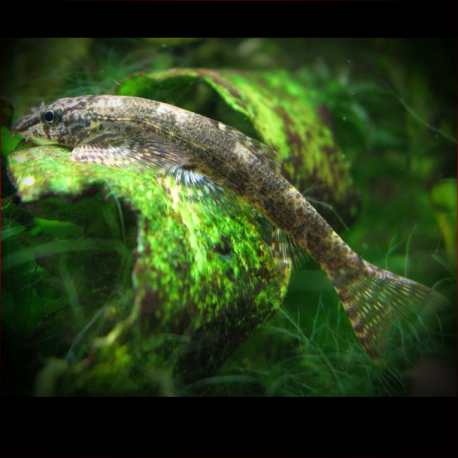More info
Datasheet
| Minimum Tank Size | 60 litres / 15.85 US gallons |
| Maximum Size | 6.0cm / 2.36inches |
| Temperature | 20°C / 68.00°F - 25.5°C / 77.90°F |
| Hardness | 1.01dgH / 18ppm - 12.05dgH / 215ppm |
| pH | 6.0-7.5 |
General Description
Homalopteroides Smithi, commonly known as the Homalopteroides loach, is a well-known member of the Balitoridae family. This species is distinguishable by features such as 6 'saddles' on the dorsal surface, 37-39 lateral line scales, 4-6 simple and 11-12 branched pectoral-fin rays, and pectoral fins that extend well beyond the pelvic-fin insertion.
Aquarium Setup
For the optimal care of Homalopteroides Smithi, a tank of at least 60 litres with clean and well-oxygenated water is recommended. The setup should include gravel or sand substrate, water-worn rocks, pebbles of varying sizes, and driftwood roots. Addition of aquatic plants like Microsorum, Crinum, and Anubias spp. is beneficial. Stable water conditions are essential, and the use of an oversized filter with a turnover rate of 10-15 times per hour is advised.
Behaviour
Despite not being aggressive, the Homalopteroides loach has specific requirements that limit suitable tankmates. It thrives in groups of six or more, displaying bolder behavior in larger numbers. In captivity, interactions between individuals can be intriguing to observe. Harmless squabbles may occur with certain tankmates, so research and careful selection are necessary.
Feeding and Diet
Homalopteroides Smithi is a specialized micropredator that feeds on small crustaceans, insect larvae, and other invertebrates. While they may accept sinking dried foods, a diet of live or frozen foods like Daphnia, Artemia, and bloodworm is crucial for their health. Initial emaciation upon purchase is possible, requiring a consistent and easily sourced food supply to aid recovery.
Reproduction & Dimorphism
Limited information is available on the reproductive behavior of this species in aquaria. Sexually mature females tend to be slightly larger and fuller-bodied compared to males.
Habitat and Distribution
The Homalopteroides loach is native to swiftly-flowing streams and headwaters with clear, oxygen-rich water in southern Thailand, Peninsular Malaysia, and parts of the Mekong basin. It prefers habitats with substrates of gravel, rocks, and biofilm-covered surfaces, occasionally with aquatic plants present. Found in aggregations in nature, it coexists with various fish species in its endemic ranges.

